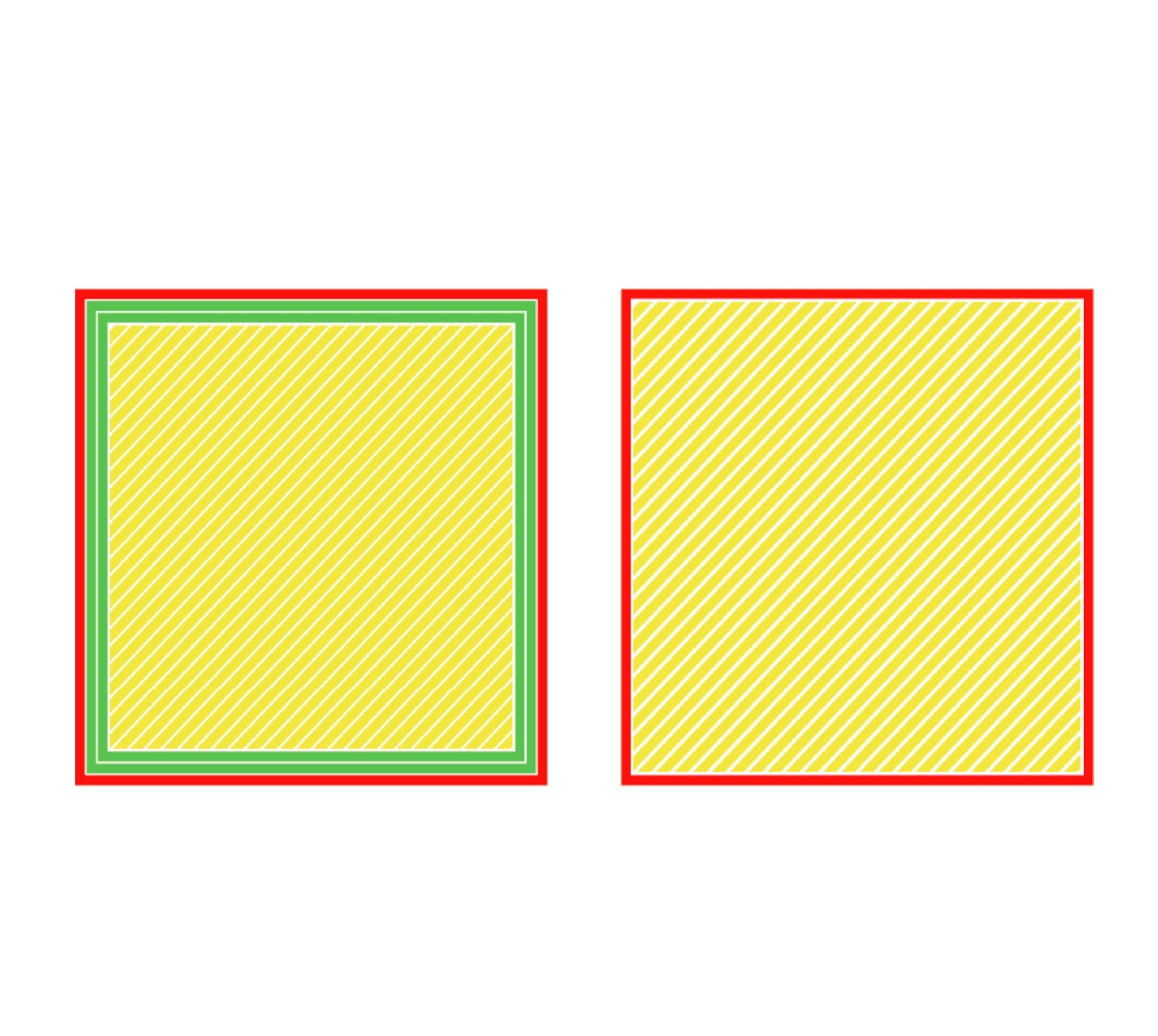

I print many mechanical parts (hobbies) with Colorfabb XT and with normal Infillarten looks so I think the Honeycomb is more squishy in the XY directions than triangles.Īctually I think you're the first person to give a holding argument for Honeycomb infill: the lack of overlapping lines! I don't think it gives more stability, though. The fast honeycomb does have self-intersections. A major drawback is that whilst most sides are then double-walled, some sides will be single-walled, namely the middle ones in the first drawing. And that may often be very desirable.īut on topic, of course this can be adapted to make a honeycomb pattern by making the 'circles' hexagonal. Yes, when a hole is going through the top layer, the infill pattern creates a visible line stemming from the hole, not following the path of the rest Monotonic infill pattern, like in Prusaslicer alpha (2.3.0) seems to solve this problem. I suspect this will be strong (per print time) but not very stiff. There are loads of possible variations on this. Angles are a bit trickier, but can be done by making the circles increasingly smaller, then changing the direction and making the circles bigger again.Īnd the sizes of the circles can vary, to make those near the outer walls smaller, to make the structure stronger there. But it may also mean the print speed can go up.Īnd there are more things one can do with this, such as making the lower 'circles' smaller, which will create a curving shape. And there are no angles, which are often a problem in prints. This is one continuous road, so no travel moves are needed. Here's a quick sketch (I really should learn to use Inkscape :) ): I have been playing with something similar, reasoning from the principle that circles (or spheres) are the strongest stuctures.


 0 kommentar(er)
0 kommentar(er)
